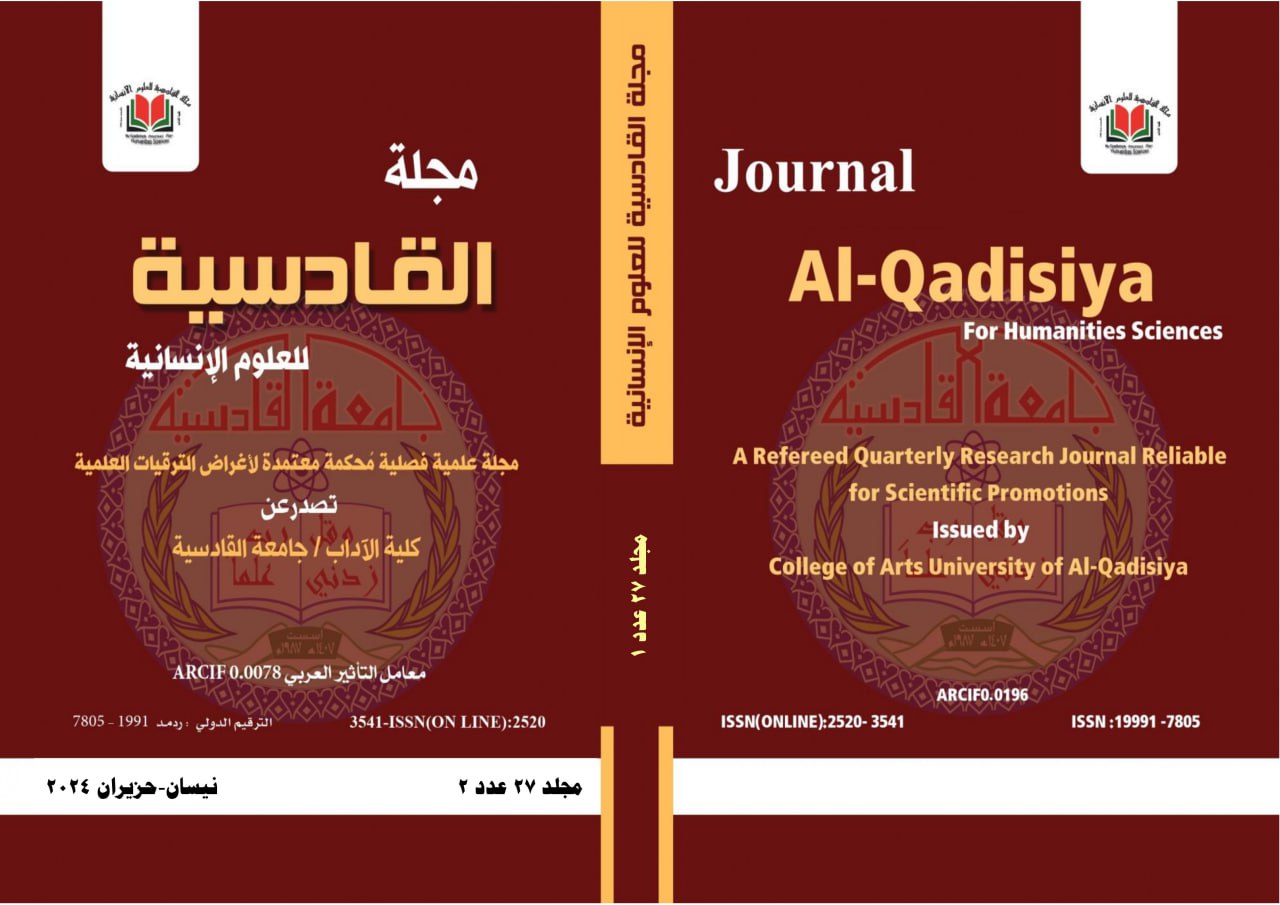Abstract
Ibn Jinni pointed out that there is a natural occasion between the sound and what it indicates, so he relied on the criterion of strength and weakness in differentiating between the consonants, as he sees that the Arabic speaker tends to the strong sound in words that carry the connotation of strength, such as the sound of the sound in (Qassam), while he tends to the weak sound. If he wanted the word to indicate weakness, such as the sin in (oath).
We describe the voice as strong, if it possesses the characteristics of strength, which are: loudness, intensity, superiority, amplification, occlusion, whistling, repetition, melody, elongation, and pervasiveness, and these qualities require a speaker with a greater effort than the effort that is exerted with weak silences, and the silent with these qualities. Characteristics, characterized by a strong listening force that we do not find in weak silences that are described as whispering, softness or concealment, so the sound comes out easily and lightly.
It is noted that the significance of the Arabic speaker corresponds to the effort that the person exerts in pronouncing the word. In terms of strength and weakness with muscular effort.
In his poem, Ibn al-Abar tended to strong vowels in places of strength, such as: the sound of the qaf, the ba, the jim, the eye, the ghain, the dad, the hamza, and other strong vowels. The sound of the Seine, despite being one of the weak voices; Because it is characterized by whispering and softness, however, Ibn al-Abar benefited from the characteristic of whistling, which gave him the strength to denote movement and amplitude.

